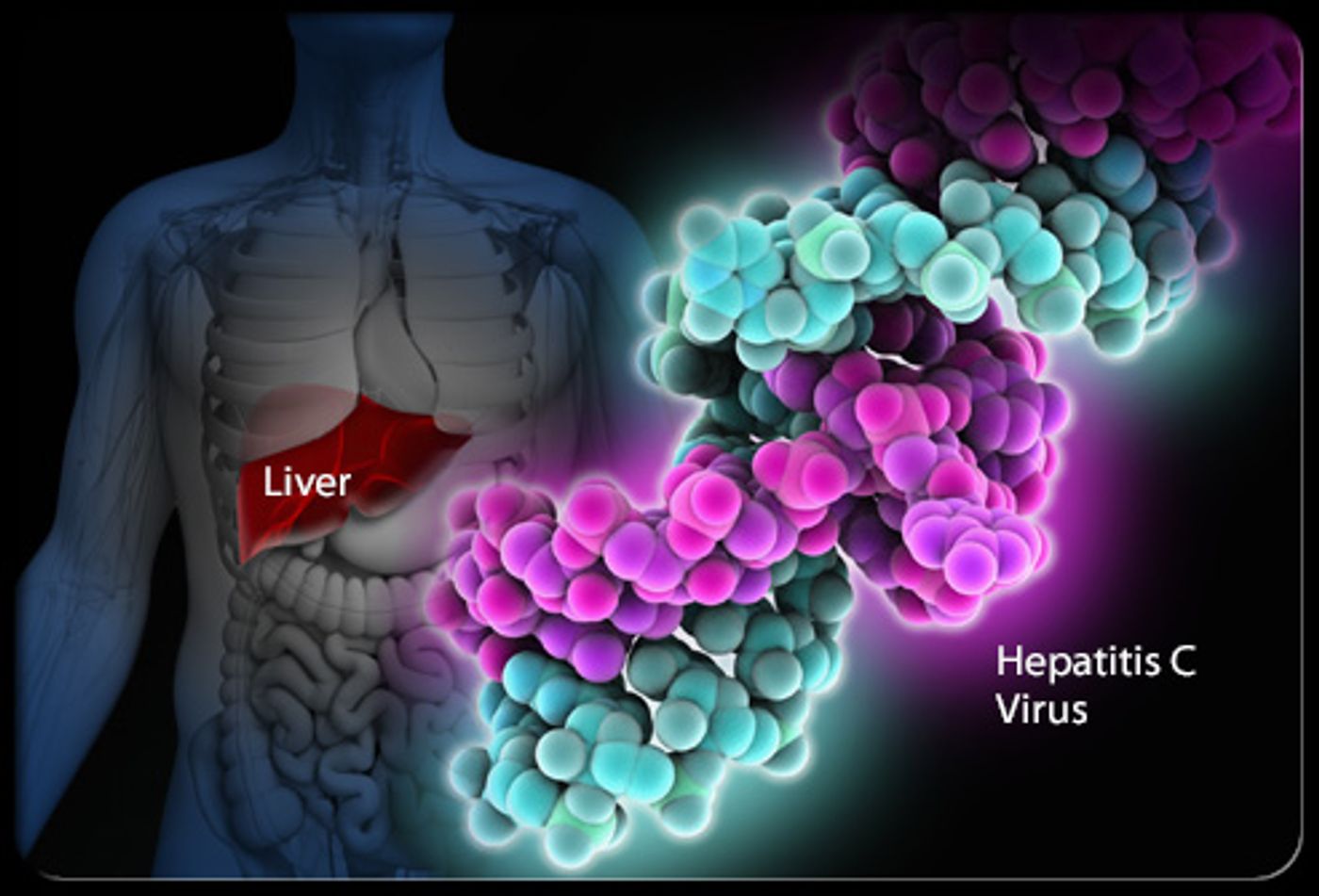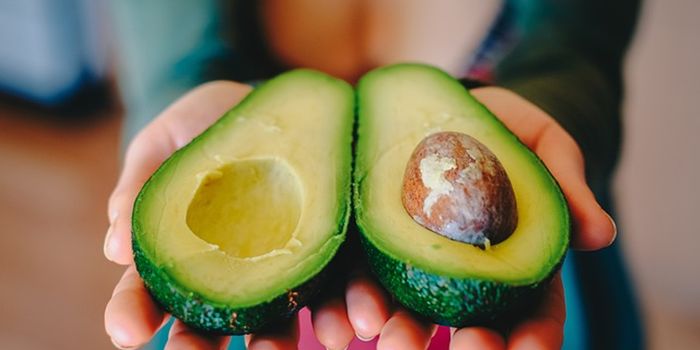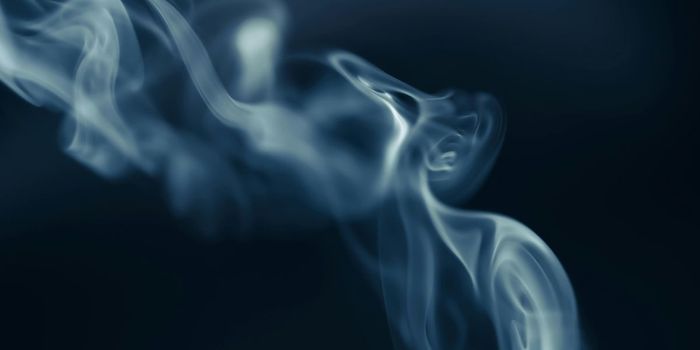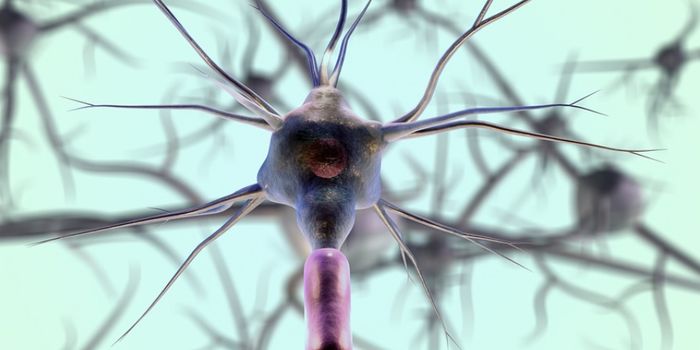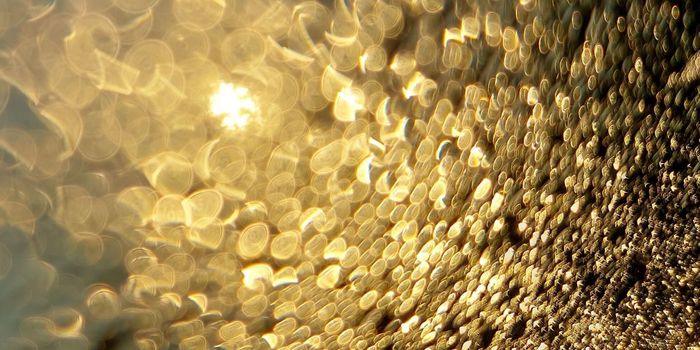For people with a certain gene mutation, metabolizing fat can be much harder for the body to do than it would be for a healthy person. Strangely, though, this same mutation inhibits the packaging of Hepatitis C virus (HCV) particles when it infects cells, a feat the people without the gene mutation would not perform successfully.
According to the World Health Organization, half a million people die each year from HCV-related liver disease. This virus can cause either acute or chronic infection when the virus enters the blood through unsterilized injections or contaminated blood transfusions. There is currently no vaccine for HCV, but antiviral medication can cure almost 90 percent of HCV patients.
HCV travels in the blood as a lipo-viral particle, essentially disguising itself as a very low-density lipoprotein (VLDL) to remain undetected by the immune system. Due to the striking resemblance between the density, size, and biochemical content of both HCV and VLDL, scientists decided to test for any genetic connections between VLDL and either acute or chronic HCV with a complete siRNA screen.
Numerous genes were picked up by the screen, all involved in various stages of HCV infection. The researchers chose to further investigate a gene called ABHD5 because mutations in ABHD5 cause a rare genetic disease called Chanarin-Dorfman syndrome (CDS).
CDS is characterized by abnormal storage of lipids in the body. People with CDS cannot break down triglycerides, and this type of fat then builds up in the patient’s organs ands and tissues.
ABHD5 plays a vital role in lipid droplet metabolism, and its expression levels are specifically associated with efficient HCV assembly and budding off of host cells. Additionally, ABHD5 cells are found more often than not on the surface of lipid droplets and cellular secretion machinery, whether these locations belong to the virus or the host cell.
The study also showed fewer lipid droplets when levels of ABHD5 increased, and the opposite effect was seen with decreased levels of ABHD5. Even more, no effect on lipid droplet content was seen with the ABHD5 CDS mutant, leading the scientists to believe that these people would not be as susceptible to HCV infection without proper ABHD5 function.
After a dissection of ABDH5, scientists found a specific protein called the tribasic lipid droplet consumption motif that was extremely sensitive to change. Mutations in this motif led to a decrease in the hydrolysis trigger that causes lipid level reduction, but the localization of ABHD5 on both the host cell and viral cell cellular secretion machinery and lipid droplet surfaces.
Now that scientists understand how mutations in ABDH5 cause disease like CDS but inhibit the spread of viral disease like HCV, targets for both diseases can be utilized for drug and vaccine development. This study was recently published in
PLOS Pathogens.
Source:
PLOS,
WHO,
NIH
